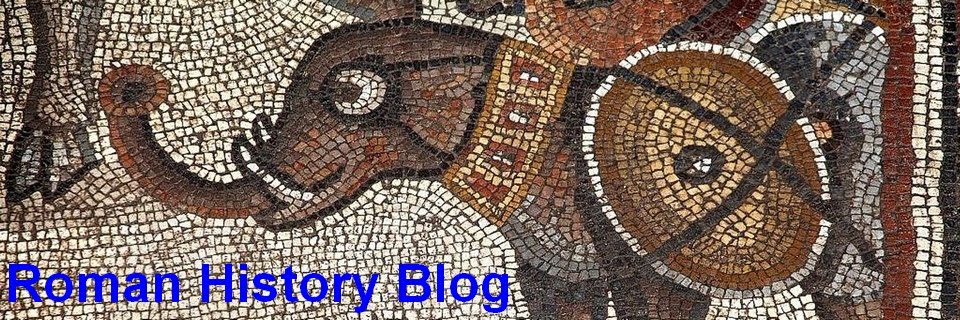Roman Dodecahedron
How did the Romans protect themselves from the sun?
Roman Coins
Roman coins, spanning from the Roman Republic to the Roman Empire, were minted in various denominations and materials such as gold, silver, and bronze. They featured portraits of emperors and significant symbols on their faces, reflecting the political, cultural, and economic aspects of Roman society. Notable among the coins are those depicting the Colosseum, Trajan’s Column, and the Temple of Vesta, showcasing Roman architecture on coinage.
The Roman currency system included denarii, the standard silver denomination, and nummi, bronze coins. The coinage often reflected the political climate of the time, with changes in the ruling emperor or significant events leading to alterations in the design and minting of coins. For example, coins were struck to celebrate the move of the capital of the Empire from Rome to Constantinople in AD 330 by Constantine the Great.
Moneta: A History of Ancient Rome in Twelve Coins
Get this book UK at https://amzn.to/43Jpd7i
The Romans saw coins as far more than just money – these were metal canvases on which they immortalised their sacred gods, mighty emperors, towering monuments, and brutal battles of conquest
Recent archaeological findings have unveiled a variety of Roman coin hoards across Europe. For instance, in Italy, a hoard of nearly 200 Roman coins was found in a terra-cotta pot, providing insights into the Social War and the civil war between Sulla and the Marians. In the Conwy Valley, a large hoard of Roman coins was discovered in a ceramic vessel, revealing a mix of silver and copper-alloy coins. These discoveries not only offer a glimpse into the economic history of the Roman Empire but also shed light on the religious practices and societal customs of the time.
The study of Roman coins is crucial for understanding the historical context of Roman society, including its political structure, economic systems, and cultural values. Each coin tells a story, making them valuable historical artifacts that continue to fascinate scholars and the public alike.
Follow Roman History on X @romanhistory1 or https://x.com/romanhistory1




